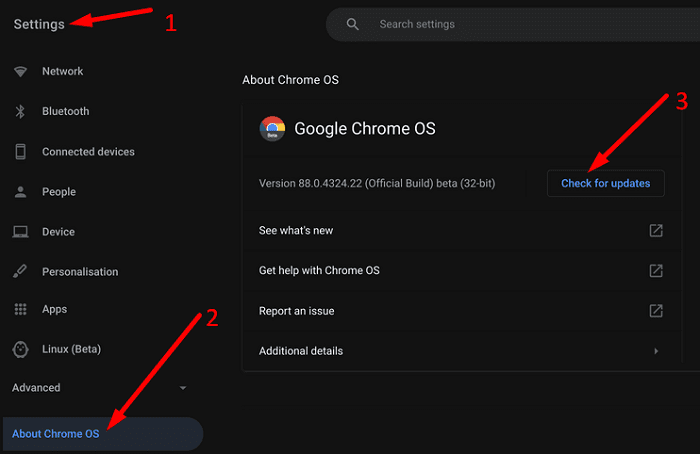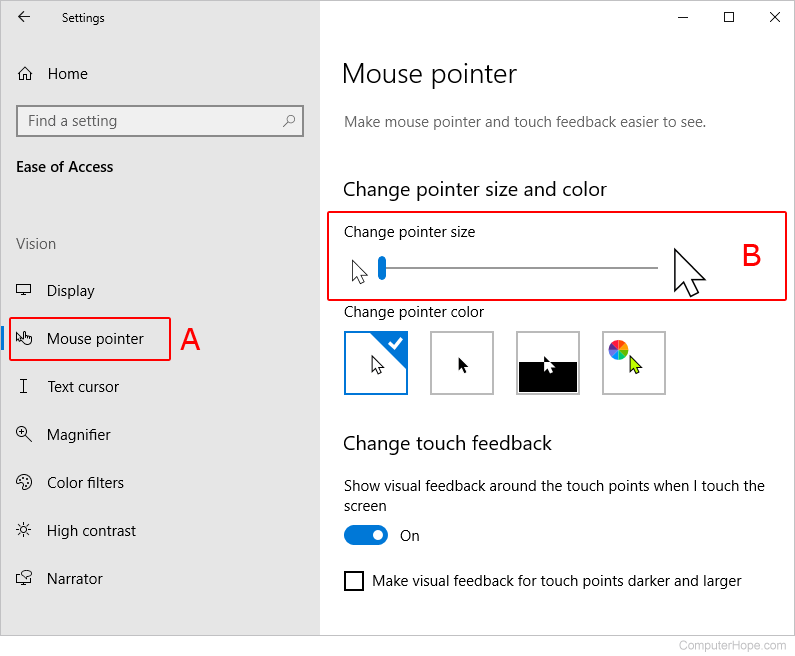
- #How to change your cursor settings on chromebook full#
- #How to change your cursor settings on chromebook android#
Note: The location of the hotspot depends on your use case. Set the hotspot (the pixel location clicks will originate from) to be the middle of the icon. Then, create the PointerIcon object using the bitmap. Here it is loaded from a drawable resource. toFloat ( ) )įirst, create a bitmap for the icon. create (dollarBitmap, (CURSOR_WIDTH / 2 ).

), CURSOR_WIDTH, CURSOR_HEIGHT, false ) // Creating the pointer icon and sending clicks from the center of the mouse icon Let’s break down the following Kotlin snippet: Kotlin // Loading a bitmap to use as a pointer icon val dollarBitmap = Bitmap. For example, if you have a stock trading app, you may want to show a green “$” as the mouse pointer when users hover over the buy button.
#How to change your cursor settings on chromebook android#
You may find that the Android system icons don’t cover all your needs. The TYPE_HAND icon was used which will show a closed hand with the index finger extended.
#How to change your cursor settings on chromebook full#
There are several system icons already built into Android and a full list can be found at the bottom of this page. An existing system icon is used to set the pointers icon. Inside the event listener, view.pointerIcon is called to set the pointer icon for that particular view. Here the setOnHoverListener is used to listen for when the pointer has entered that hover state and then act upon that event. (In other scenarios, it may be desirable to have a waiting icon when processing or a crosshair when playing a game). This is when the mouse is hovering over a view. The condition that is demonstrated is a hover state in this scenario. MyView is the view that will be set to a pointer icon under certain conditions. Let’s take a look at the following Kotlin snippet: Kotlin myView. Adding in some of these system default cursor icons is easy. Android out of the box luckily provides developers with some of the most common cursor icons that users are familiar with.

Users are familiar with different conventions for interacting with different types of objects on large screen devices.

Android applications have support for applying different styling to the mouse pointer to help those users have a visual indication that they can interact with an object. When interacting with your application, especially on larger screens, users may also use some sort of pointing device like a three-button mouse. Android users come to your app from all different types of form factors i.e., phones, tablets, foldables, and Chromebooks.


 0 kommentar(er)
0 kommentar(er)
